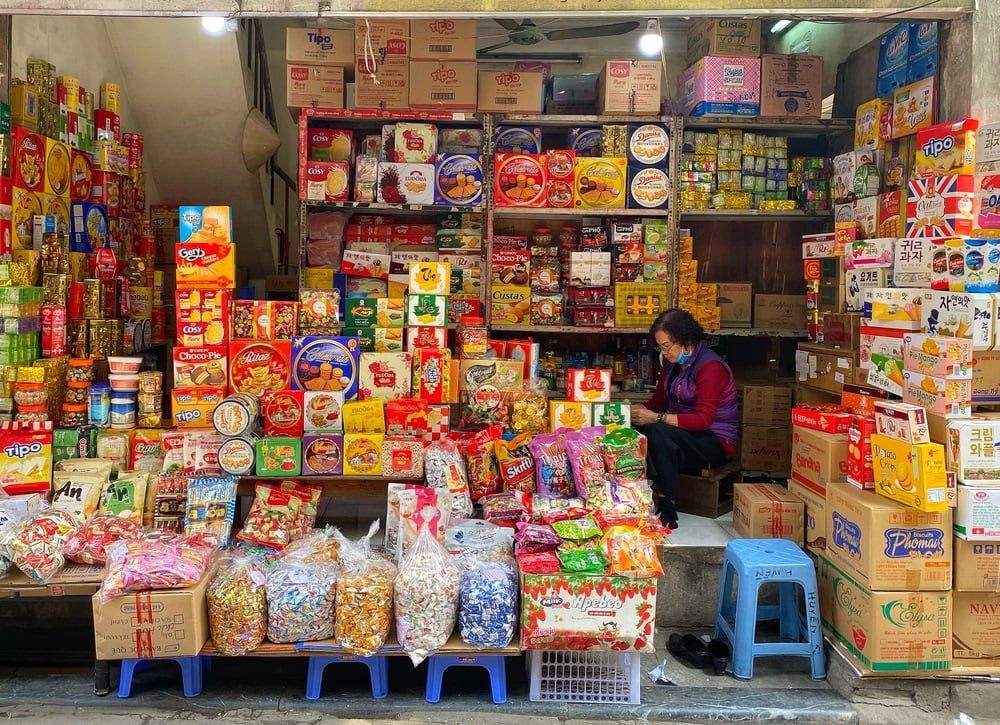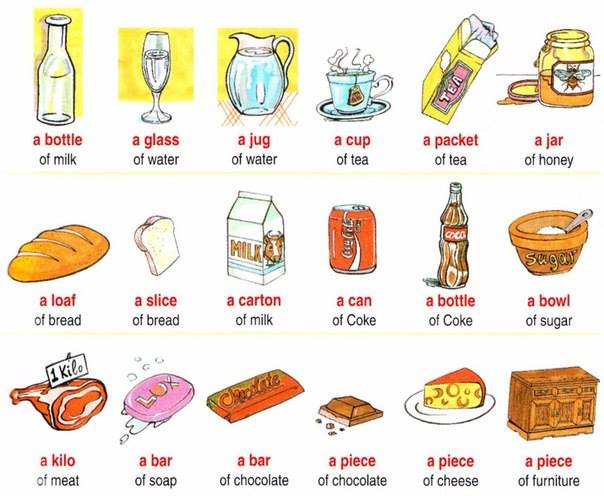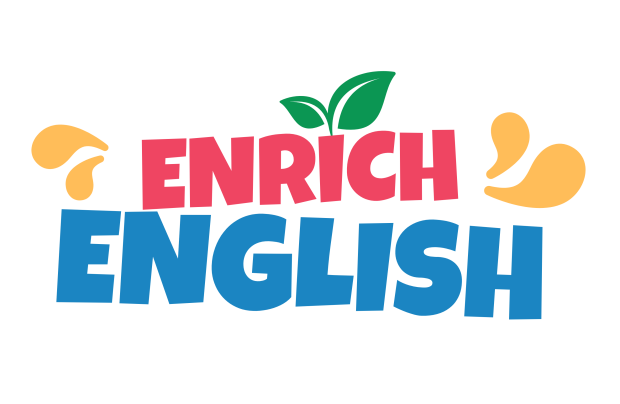Buy groceries
In this lesson, we will talk about shopping. We will learn how to find items, ask for prices, and pay for things.

Part 1
Warm-up
Answer the questions
What did we discuss in the last lesson?
How often do you go grocery shopping?
What do you usually buy at a grocery store?

:max_bytes(150000):strip_icc()/Whats-Really-Going-on-With-Food-Prices-FT-BLOG0324-02-b2a25858f5b54e4190a0bdd96e2e0974.jpg)
Part 2
Vocabulary
Read the word, its’ meaning, and the examples
Then make up your own sentences using the word.
Student can skip the words they already know.
Explore grocery vocabulary

- frozen food section
- pet foods
- cash register
- checkout counter
- cashier
- paper bag
- saleperson
- shopping basket
- drinks/beverages
- dairy products
- shopping cart
- canned/tinned foods
- shopper/customer
- packaged goods
- plastic bag roll
- fruits & vegetables
- raw meat
- butcher
- fishmonger
- raw fish
For quantities: Quantities are used to specify the amount of an item you want to buy.
- A bottle of: Used for liquids. Common items include a bottle of water, a bottle of oil, or a bottle of juice.
Example: Could I have a bottle of olive oil, please? - A piece of: Typically used for items that are sold as single units, even if part of a larger whole. This can refer to fruit, cheese, or meat.
Example: I need a piece of cake and a piece of cheese. A bag of: Used for items packaged in bags. This often refers to many types of produce and dry goods.
Example: Please add a bag of rice and a bag of apples to the cart.

Others:
- A bottle (of milk)
- A glass (of water)
- A jug (of water)
- A cup (of tea)
- A packet (of tea)
- A jar (of honey)
- A loaf (of bread)
- A slice (of bread)
- A carton (of milk)
- A can (of Coke)
- A bottle (of Coke)
- A bowl (of sugar)
- A kilo (of meat)
- A bar (of soap)
- A bar (of chocolate)
- A piece (of chocolate)
- A piece (of cheese)
- A piece of furniture
Adjectives describe the quality, state, or characteristics of grocery items
- Fresh: Indicates that the item is recently harvested or produced, not frozen or preserved. Commonly used with produce, meat, and bakery items.
Example: I prefer fresh vegetables because they taste better.

2. Frozen: Refers to items that are preserved by being kept at freezing temperatures. Common for convenience foods, meat, and vegetables.
Example: I need to buy some frozen fish for dinner tonight.

3. Organic: Food made without using artificial chemicals. People choose it for health and to help the environment.
Example: We buy organic milk because it’s healthier.

Make up your own sentences using the words.
Part 3
Useful sentences
Teacher guides the student the useful sentences
Here are some easy sentences which can be used in a grocery store setting
Greetings & offering help (store staff)
- Good afternoon, welcome to our store!
- Hello, how can I help you today?
- May I help you?
Asking for help or location of items
- Hello! Could you help me, please?
- Where can I find the bread?
- Can you help me find the eggs?
- Where is the price tag on this cereal box?
Inquiring about products
- Do you have any fresh tomatoes?
- Are these apples organic?
Making purchases
- I would like two kilos of apples, please.
- Can I have a bag for these, please?
Asking for prices
- How much is this milk?
- Can you tell me the price of these oranges?
Closing interactions
- Have a good day! Take care!
- Thank you, have a great day!
- Thank you for choosing us. Have a great evening!
Part 4
Dialogue Practice
Practice the conversation with teacher
David is buying something at the grocery store. He approaches the store clerk.

David
Hello! Could you help me, please?
Of course! What are you looking for today?

Clerk

David
I need a bottle of olive oil. Where can I find it?
You can find olive oil in aisle 5, next to the vinegars.

Clerk

David
Thank you. And do you have any fresh tomatoes?
Yes, our fresh tomatoes are in the produce section at the front of the store.

Clerk

David
Great! Also, I’m looking for a bag of frozen peas. Where should I look?
The frozen peas are in the freezer section, aisle 8.

Clerk

David
Perfect. One more thing, do you carry organic milk?
Yes, we have organic milk. It’s in the dairy section, aisle 3.

Clerk

David
Thank you for all your help.
You’re welcome! If you need anything else, just let me know. Have a great day shopping!

Clerk

David
Thanks, you too!
Comprehension questions
Where did David find the bottle of olive oil?
a. In the dairy section
b. Next to the vinegars
c. In the produce section
d. In the freezer section
What type of milk was David looking for?
a. Low-fat milk
b. Fresh milk
c. Organic milk
d. Soy milk
Answer
- b
- c
Part 5
Role play
Student is a customer and teacher is a store clerk.
Ask teacher to help student find what they need.

Part 6
Listening
Listen to a conversation at a coffee shop. A woman is ordering.
Can you answer four questions about what the customer asks for?
Write one letter – a, b, c or d – in each answer space.
Click to play the Audio
The man goes to the supermarket __________ a week to pick up items.
a. three or four times
b. two or three time
c. once or twice
When the man doesn’t have time to cook, he ________.
a. makes ham sandwiches
b. goes out to eat
c. prepares microwaveable dinners
How does the man pay for his goods?
a. debit card
b. credit card
c. cash
Answer
1. c
2. c
3. c
Transcript
I usually go to the supermarket about once or twice a week to buy groceries. Since I do a lot of shopping, I usually need a shopping cart to carry everything. I first stop by the deli counter to pick up some sliced cheese. Then, I look for some fruits and vegetables in the produce section, but I make sure they are fresh. My kids like milk, so I swing by the dairy section and grab a few gallons of milk. Also, there are times when I don’t have much time to cook, so I usually pick up some microwaveable meals in the frozen food section. If the store is out of stock of any of the items I need, then I drop by a different supermarket on my way home. I generally pay with cash at the checkout counter.
Part 7
Discussion
Let’s use the vocabulary you’ve learned during the lesson and talk about the following topics/questions freely!
Teacher helps student expand and correct the answers
Do you buy groceries at a grocery store or a supermarket?
How do you usually pay for your groceries, by credit card or cash?
What is the most expensive item you usually buy? Why do you buy it?
What are your three favorite foods to buy at the grocery store?
What is the biggest challenge you face when shopping for groceries?
Do you make a list before you go grocery shopping? Why or why not?
Have you ever bought groceries online? What was your experience like?
Review
Let’s review the lesson with teacher
Grocery vocabulary
Adjectives describe the quality, state of grocery items
The quantities
Useful sentences
See you next lesson
Homework
Do homework
Listen to this audio and repeat what you hear and practice. Then, record yourself and send the recording to your teacher for pronunciation feedback.
Gift: And watch this video for learning new things:
Should not open the subtitle

